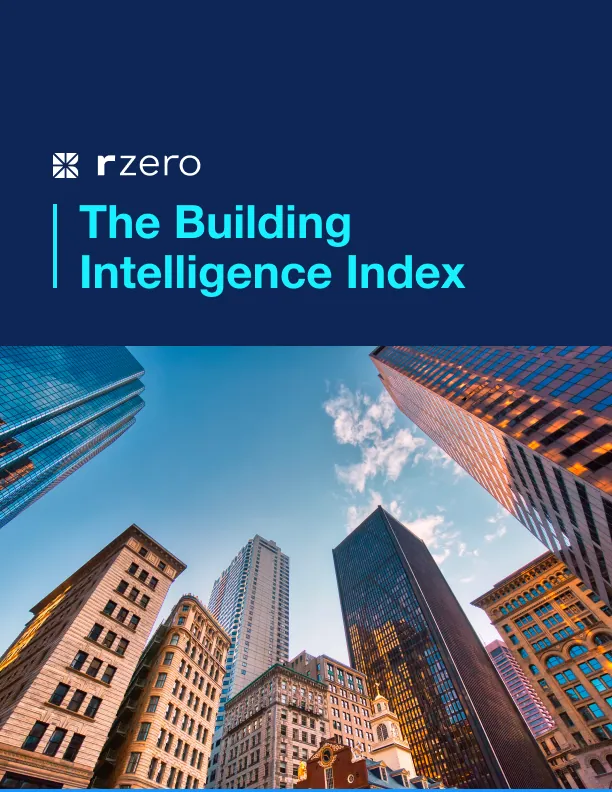
Route to Energy-Efficient Buildings: Occupant-Count Demand Control Ventilation
Using live occupancy sensor data to monitor, measure, and exact control over building HVAC systems in real-time, while also optimizing energy performance and occupant comfort is on the rise as a method to improve energy efficiency in commercial buildings.
By implementing occupant-count demand control ventilation (ODCV), organizations can identify opportunities to optimize ventilation across crowded and underutilized spaces, while maintaining indoor air quality and environmental comfort at optimal levels. This not only creates healthy and comfortable building environments, but also avoids unnecessary energy consumption.
Why is “occupant-count demand control ventilation” important to my building’s energy efficiency strategy?
Energy Cost Savings: Rising energy costs are a significant contributor to the increased cost of doing business. ODCV helps reduce energy consumption by adjusting ventilation based on the actual number of occupants in a building, which lowers overall energy use and costs.
U.S. commercial office buildings spend about $27 billion annually on energy, with HVAC and lighting accounting for 60-75%. By optimizing ventilation based on real-time occupancy count, ODCV has the potential to reduce HVAC energy usage by up to 40%.
Regulatory Compliance: Regulations in NYC (LL97) and California (SB261 and SB253) mandate energy savings and phased emission reduction benchmarks. Implementing solutions like ODCV can help meet these regulatory requirements by efficiently managing energy consumption and reducing emissions associated with HVAC.
Incentives and Funding: Increased state and federal funding, including utility rebates and tax incentives, are available to businesses that adopt energy-saving technologies. Deploying ODCV can qualify businesses for these financial benefits, making it a smart investment.
Building Certifications: LEED and WELL certifications reward smarter HVAC usage. Achieving these certifications can enhance building value, competitive advantage, and appeal to tenants.
Environmental Impact: The commercial real estate sector is a major contributor to carbon emissions, responsible for about 40% of all greenhouse gas emissions globally. As the push for net-zero emissions intensifies, OCDCV helps commercial buildings reduce their carbon footprint, aligning with global standards for emissions reduction.
Download R-Zero’s Building Intelligence Index to learn more strategies for creating energy-efficient buildings.
More posts you might like
-

What is “Sick Building Syndrome?”
Overview of Sick Building Syndrome Sick Building Syndrome (SBS) is the term used describe a condition where occupants of a building experience a range of symptoms, with no clear identifiable cause. These symptoms typically occur when spending time within an affected building, and typically improve upon leaving. Sick Building Syndrome shouldn’t be confused with Building […]
-

How CANOPY is Creating a Healthy Return to Its Coworking Communities
Before the start of the COVID-19 pandemic, San Francisco was arguably the coworking capital of the U.S. In 2018, the city had more coworking spaces per capita than any other major city in the country. In San Francisco’s ecosystem of tech startups, entrepreneurs and creatives, coworking spaces have in recent years served as a preferred […]

